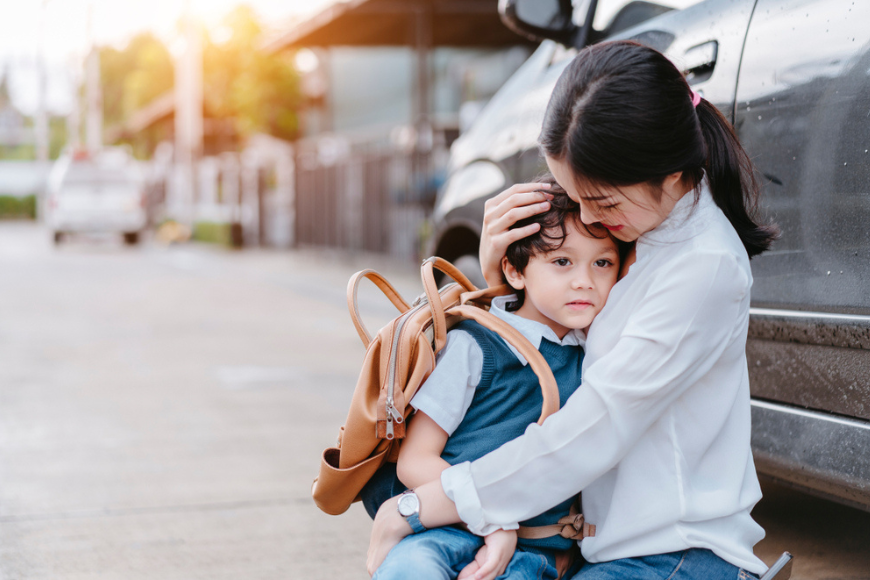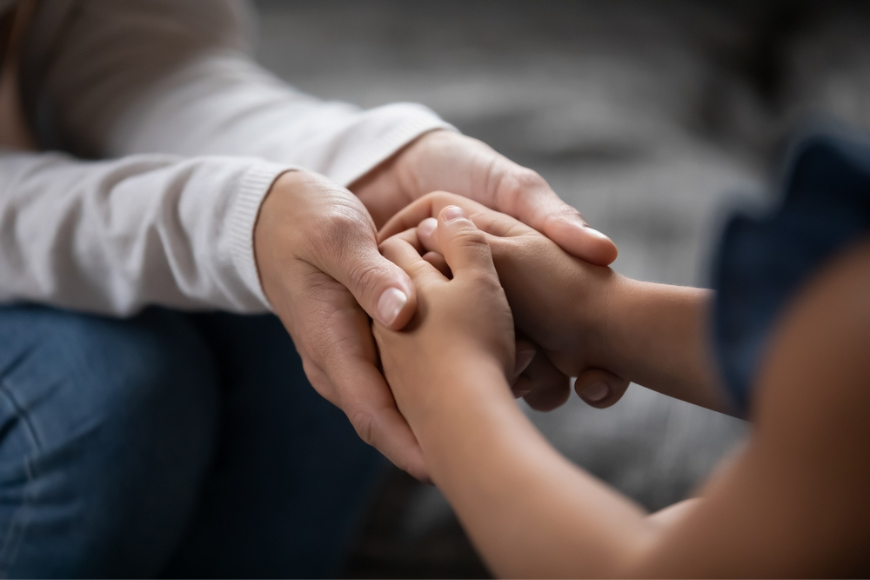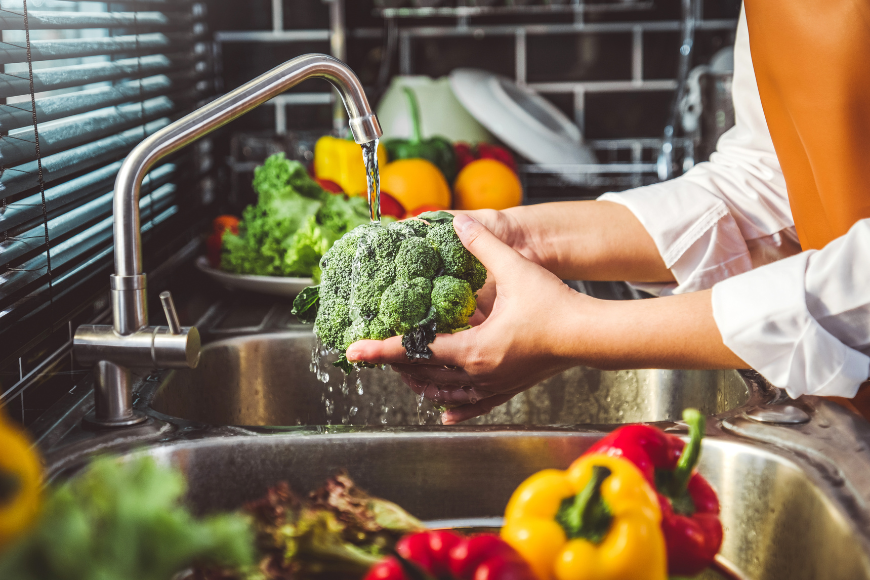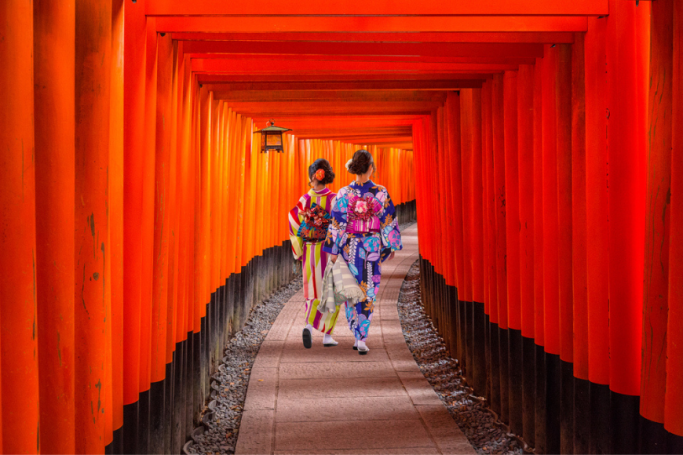In the heart of the city, a tall arch frames the entrance Muttrah Souq, the oldest and by far the most well known in Oman.
18 July 2013
| Last updated on 14 June 2017
.jpg)
The Souq retains much of its old world charm with row upon row of matchbox size shops, set in winding tiny lanes under a palm-frond canopied roof. Here, Bedouin women in traditional dress sell the fragrant aromas known as "Bukhoor," combining various raw materials such as sandalwood, frankincense and natural oils.
You can purchase souvenirs like Khanjars and coffee pots, Bedouin jewellery, clothing (dishdashas, kummas (caps), massar (turban) and khanjar for the men; dishdashas, surwal (trousers), lihaff (shawl) for the women).
The Souq is best enjoyed when you can take your time to take in all the sights and sounds. It is least crowded in the mornings and late afternoon and busiest in the evening hours after 6 pm. You will find that types of stores tend to cluster together. Therefore you will find all the gold shops in one area, antiquities in another, textiles in yet another, and so on. The prices for most items are negotiable and haggling is a long standing tradition. As a rule of thumb, however, it is not necessary to haggle for anything less than one rial. Even if you don't buy anything, the souq is well worth a visit to see the lifestyle of a bygone time.
Al Dhalam (Darkness in Arabic) Souq is the local name for the Muttrah Souq. The Muttrah Souq is perhaps one of the oldest marketplaces in the Arab world because Muscat is the world's largest natural harbor and has seen immense trade in the age of sail, being strategically located on the way to India and China. It has been named after darkness because of the crowded stalls and lanes where the sunrays do not infiltrate during the day and the shoppers need lamps to know their destinations. The name of the market has been drawn specifically from the part that extends from Al Lawatiya Mosque to Khour Bimba where the place is really full of stores and stalls and the narrow area of lanes does not allow the sunlight to enter. The market was a source of supply for Omanis where they can buy their needs in the 1960s when life requirements were simpler than today. Most of the goods were imported, in addition to local products like textiles, fruit, vegetables and dates.
In the past the market was built from mud and palm leaves, which suit the high temperatures and the hard climate conditions and hence were the best available materials to build the market at that time. Today, the Muscat Municipality has renovated and decorated the market to maintain the popular style but has also introduced modern amenities and redecorated the market heavily to attract tourists and make the shopping experience comfortable for tourists as well as other ordinary shoppers. The market becomes more crowded and active during Eid seasons when Oman is come from all over the country to buy garments and jewelry.
The main thoroughfare of the souk carries mainly household goods, shoes and ready-made garments. Further inside, you can enjoy the mixed smells of frankincense, perfume oils, fresh jasmine and spices. Enthusiastic shoppers and travellers can also discover a selection of tiny shops (on the side streets and alleyways leading up to the souq) full of Omani silver, stalls of gleaming white dishdashas and embroided kumahs, brightly colored cloth and multicoloured head scarves. Shoppers can even get their hands on old Arabian muskets at these souqs. Other things sold at the souq include Omani pots, paintings, hookah pipes, framed khanjars (daggers), leatherwork and incense.





















































_2.jpg?itok=XEABuHuU)















































_2.jpg?itok=j80YWwf-)



















